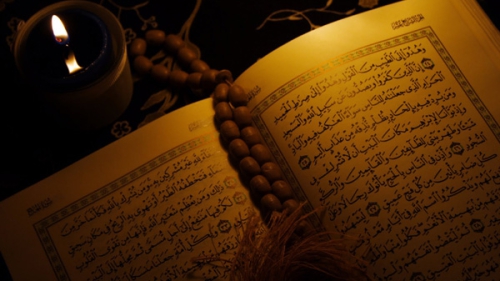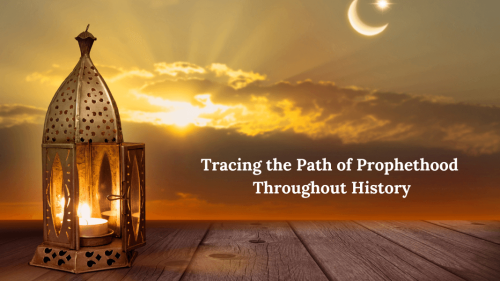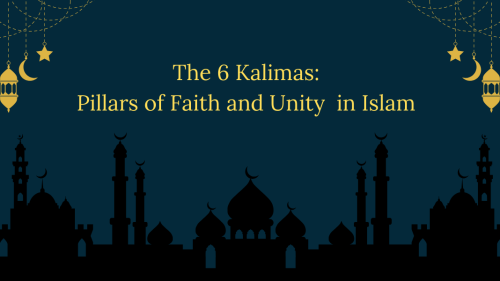Islam and America: Toward Common Ground
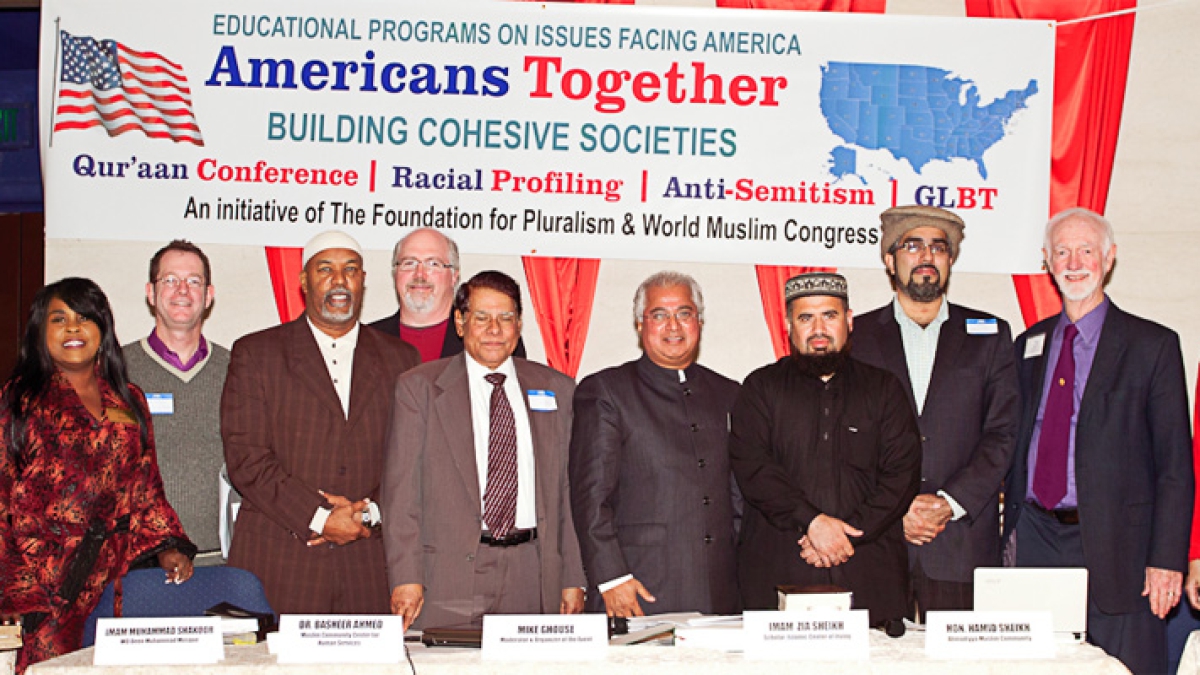
In his 1941 State of the Union address, President Franklin D. Roosevelt spoke of a world founded upon four essential human freedoms, among them "the freedom of every person to worship God in his own way." Freedom of religion, deeply rooted in the American tradition, has long been protected by the laws of our nation. Despite legal protections, ethnic and religious minorities in America have been the subjects of discrimination, harassment, and even physical violence throughout our history. Following the events of September 11, 2001, heated rhetoric and acts of violence against Muslim Americans (and non-Muslim Arab Americans) have increased. Public attention to these acts reached a peak in the summer of 2010.
In Florida, a bomb exploded on May 10th at the Islamic Center of Northeast Florida with 60 people praying inside, and Pastor Terry Jones of Gainesville threatened to destroy 200 copies of the Qur'an during his "Burn a Koran Day." In New York City, opposition united against the construction of an Islamic Community Center. In August, a New York City taxi driver was stabbed by his passenger after revealing he was a Muslim, and during the same week five teenagers were arrested in upstate New York for firing shots at a local mosque. These events prompted many in the American and international media to question whether the United States is a nation dedicated to the freedom of all Americans. An August 30, 2010 TIME Magazine cover asked the question, "Is America Islamophobic?" and a September New York Times headline read "American Muslims Ask: Will We Ever Belong?" According to the Justice Department, there have been more than 800 cases of violence and discrimination against Muslim Americans in the ten years since September 11th.
Yet millions of Americans remain committed to peaceful understanding and cooperation and respect the value of our neighbors of all faiths and creeds. What are the roots of this supposed fear and animosity towards Muslims, and what can we do to counter this while promoting our vision for society?
American followers of Islam, now numbering more than 7 million, have been an integral part of our national fabric since the founding of our country. George Washington is known to have welcomed Muslims to his residence at Mount Vernon and Thomas Jefferson was adamant that the 1786 Bill for Establishing Religious Freedom include "within the mantle of its protection, the Jew and the Gentile, the Christian and Mahometan [Muslim]."
The second president of the United States, John Adams, asserted in the 1796 Treaty of Tripoli that "The United States has in itself no character of enmity against the laws, religion or tranquility of Muslims." These early examples show the respect our founding fathers had for the Islamic faith.
Although Muslims were surely a part of our nation since its founding, their population was made up of a limited number of immigrants living in disparate places who were not able to form communities. A large segment of this population was made up of slaves who were taken by force from the west coast of Africa, where Islam was prevalent. These slaves were not allowed to practice their faith openly and this, combined with the lack of family structure and general difficulties of bondage, resulted in the loss of Islamic practices in subsequent generations of most slave populations that had originally been Muslim.
Evidence from surviving slave manuscripts written by those who were educated describe the practice of Islam within slave communities. One of the most well known manuscripts was written by the Muslim slave Bilali Mahomet. The accounts document how the Islamic faith in the African American community tragically fell victim to the realities of slavery and was slowly extinguished.
The first significant wave of Muslims who freely immigrated to America occurred in the mid-1800's from modern day Syria, Jordan and Lebanon. Though not slaves, these immigrants possessed little education and came in the pursuit of employment and opportunity. Disenfranchised by their lack of higher education and the large language barrier, many of the immigrants were forced to assume jobs involving menial labor. Most regarded their stay in America as a temporary opportunity to earn some money which they could take back to their homelands.
The number of Muslim families immigrating to America steadily increased over the latter half of the 19th century and into the early 20th century when the Ottoman Empire crumbled in World War I. This period was characterized by a rising tide of immigration to American from all over the world, especially Asian countries. Public backlash against the open door immigration policy resulted in the passage of a series of immigration laws in 1921 and 1924 that severely restricted immigration and closed to the door to new Muslims immigrants.
These restrictions combined with the continued effects of slavery, limited the growth of Islam in America. However, a significant number of Muslim families had already settled in America. These families began to organize into close communities that flourished. One of the first documented Muslim communities was established in Ross, North Dakota and it was also here that one of the first American mosques was constructed in 1929.
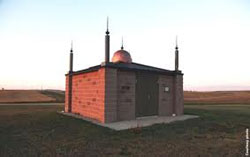
North Dakota in 1929
As the major urban centers of New York and Chicago became the gathering places for tens of thousands of immigrants, large Muslims communities also developed around these metropolises and networks were developed between communities across the country that relied on each other for mutual support and assistance.
While many of African American communities in the United States had lost most of their Muslim faith, they represented a population which would be the face of Islamic growth in the middle decades of the 20th century. The growth of Islam in the African American community arguably can be traced to a clothing salesman in Detroit by the name of Wallace D. Fard. Fard preached a message of African American empowerment and called his message the Nation of Islam (NOI). One of the Fard's prominent disciples was Elijah Poole, later to become Elijah Muhammad. Through their meetings, Elijah Muhammad began to associate Fard with a status of divinity and even went as far as to proclaim that Fard was the Messiah, an image that Fard did little to downplay. Most mainstream Muslims claim that the teachings of the Nation of Islam are not rooted in either the Holy Quran or the Prophet's recorded teachings (Sunnah) and thus are not truly within the fold of Islam. Although analysis of the major teachings of the NOI vindicates this position, the NOI was nevertheless the vehicle which introduced large numbers of African Americans to the idea of Islam, however inaccurate that idea may have been. Wallace Fard was arrested several times in the beginning of the 1930's under the pretext that he was inciting violence. He was expelled from Detroit in 1933 and was never seen after 1934. His departure from the NOI left the organization without its "promised" leader and Elijah Muhammad quickly moved to fill the vacuum that had been created. Under his authority, the NOI became more institutionalized with an order of command squarely placing Elijah Muhammad at the top. Elijah Muhammad was able to cast the claim that he was in fact a messenger of Allah, further alienating the NOI from mainstream Muslims.
With the death of Elijah Muhammad in 1975, his son Wallace Muhammad, also known as Warith Deen Muhammad, assumed leadership of the NOI. Since his childhood, Warith Deen Muhammad had studying Arabic and the Quran, and he had also made the pilgrimage to the Holy city of Mecca. Through these experiences, he developed a viewpoint that was more in line, yet still distinct from, mainstream Muslims and worked to bring the beliefs and practices of the NOI closer to those of mainstream Islam until the organization as a separate group eventually disbanded. While many of the NOI members accepted Warith Deen's changes, there were some that sought a return to the traditional teachings of the NOI as emphasized by Wallace Fard and Elijah Muhammad. Louis Farrakhan became the leader of this group and went on to reinstitute the Nation of Islam as an organization, and it continues in this form today.
In 1965, the Immigration and Nationality Act was signed by President Lyndon Johnson and it significantly eliminated immigration barriers that had been in place since the 1920's. The relaxation of immigration requirements provided the opportunity for people to once again come to America. Where the previous wave of immigrants had largely been working class individuals seeking employment, the majority of immigrants coming to America in the 1970's and onward where highly educated and well trained professionals, including physicians and engineers. This new wave of immigrants came to seek higher education or escape from unrest in their homelands. This recent influx of Muslim immigrants represents by far the largest growth of the Muslim population in the history of America. The immigrants entering in the last three decades of the 20th century are unique with respect to the large numbers that they came in and the positions that they were able to attain within society. These two factors, in concert with one another, allowed for the development of Islam in America to occur at a remarkable pace.
The arrival of large numbers of immigrants followed relatively the same distribution pattern as had been maintained over the 20th century. Incoming Muslim families settled in large metropolis centers throughout the country. One of the first cities to feature a pronounced Muslim community was the city of Chicago which is now home to more than 40 mosques and Islamic centers. The degree of maturation that the Muslim community has undergone in one generation is also a result of the large inflow of educated professionals and is evidenced by some of the activities the Muslim community is involved with. One of the landmark community programs run by the Muslim community in Chicago is titled the Inter-city Muslim Action Network (IMAN). This Muslim led nonprofit organization develops programs to uphold social justice and combat inner-city poverty. Similarly large and developed communities were quick to rise in Houston, New York, Dearborn and Los Angeles, as well as many other localities.
As Muslim communities flourished around the nation, the need for overarching institutions to coordinate Muslims and Islamic efforts became apparent. In response to this need, the Islamic Society of North America (ISNA) was founded in 1982 with the mission of providing a national platform for Islamic activities and extending assistance to civic and service organizations . Prior to the formation of ISNA, Muslim college students attending universities throughout the United States founded the Muslim Student Association (MSA) in 1963 to create an official Muslim presence on campus and facilitate inter-faith talks. These major organizations were precursors to several smaller Islamic organizations that were founded in response to local and regional needs. The establishment and growth of these organizations within one generation is a testament to the size, development and organization of the Muslim community within America.
In light of national and global events over the past decade, Islam has been portrayed as something that is foreign to America. This proposition is rendered baseless when it is appreciated that Islam has been present within America since the time of the founding fathers and its history can be traced from that point to current times. This presence has allowed for Islam to be intertwined with American history and has manifested in the development of a large American Muslim population that is deeply rooted in our communities throughout the country.
Source: The Muslim Observer






